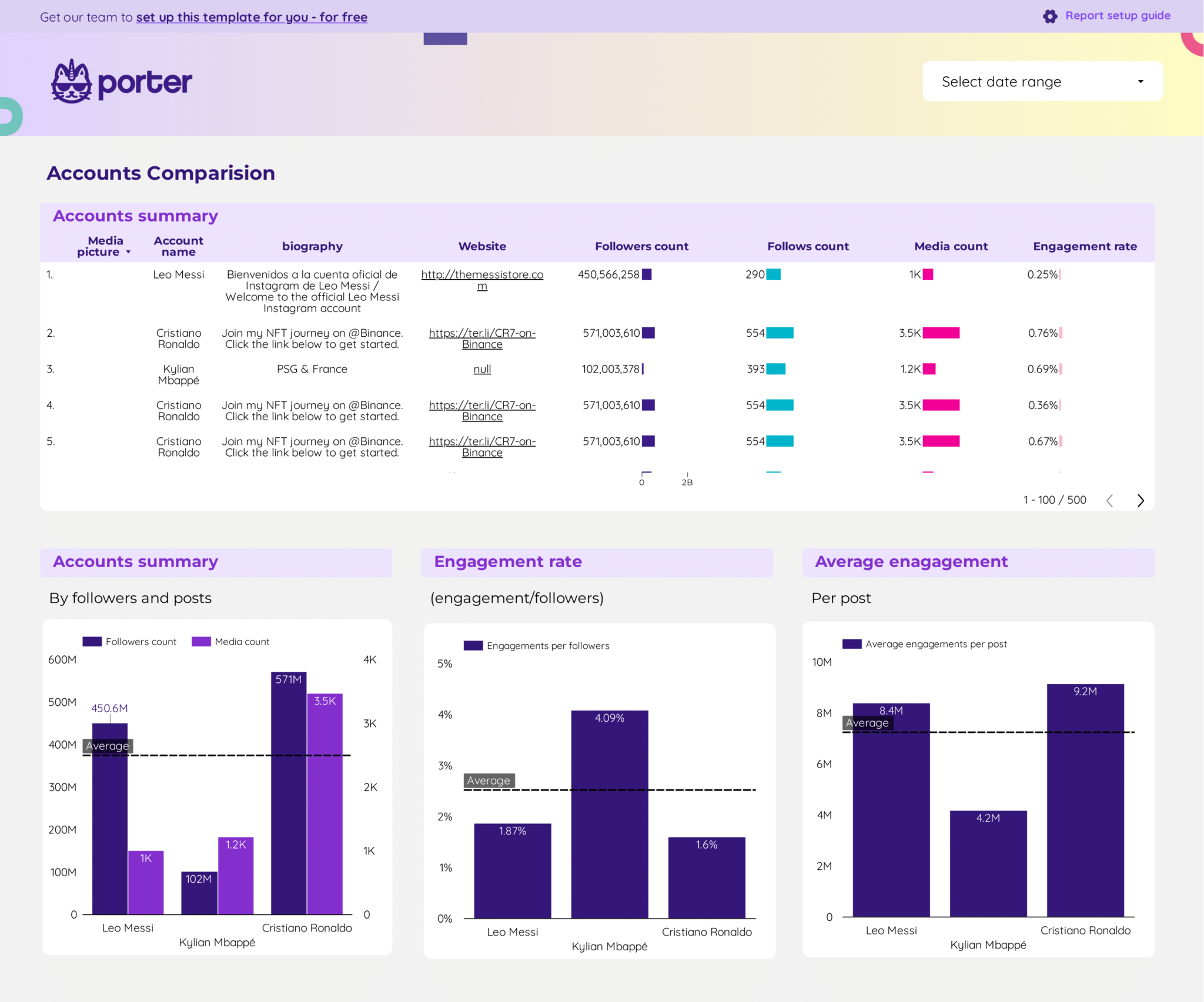
In the ever-evolving world of SEO, staying ahead of the competition isn’t just about having high-quality content—it’s about understanding how fast your rivals are publishing and ranking. This is where Competitor Velocity Analysis comes into play. By measuring how quickly competitors publish new content or rank for specific keywords, you can gain a strategic edge in your SEO efforts.
This article will explore what competitor velocity analysis is, why it matters, and how you can use it to improve your own SEO performance. Whether you’re a small business owner or a seasoned SEO professional, this guide will provide actionable insights to help you stay competitive.
What Is Competitor Velocity Analysis and Why It Matters
Competitor Velocity Analysis refers to the process of measuring how quickly your competitors are publishing new content or improving their rankings for specific keywords. It’s a crucial metric because search engines like Google often favor sites that consistently update their content and maintain a strong presence in the search results.
In today’s digital landscape, where content is king, speed can be a significant differentiator. If your competitors are publishing more frequently and ranking faster, they’re likely gaining more visibility and traffic. By analyzing their velocity, you can identify gaps in your strategy and adjust your content production accordingly.
Key Metrics to Track
When conducting competitor velocity analysis, consider tracking the following metrics:
- Content Publishing Frequency: How often do your competitors publish new blog posts, articles, or other content?
- Ranking Speed: How quickly do their pages move up in the search results after publication?
- Update Frequency: How often do they update existing content to keep it relevant?
By monitoring these metrics, you can gain a clearer picture of your competitors’ strategies and adapt your own approach to stay ahead.
How Competitor Velocity Impacts SEO Performance
Understanding your competitors’ velocity can have a direct impact on your SEO performance. Here’s how:
1. Improved Visibility
If your competitors are publishing content more frequently, they may be appearing more often in search results. By increasing your own content velocity, you can increase your chances of being seen by users searching for relevant topics.
2. Enhanced Authority
Search engines favor websites that consistently provide fresh, relevant content. A higher content velocity can signal to Google that your site is an authority in your niche, which can lead to better rankings.
3. Better User Engagement
Frequent content updates can keep your audience engaged and coming back for more. This can lead to increased traffic, longer dwell times, and improved user experience—all of which are positive signals for SEO.
4. Strategic Content Planning
By analyzing your competitors’ content strategies, you can identify areas where they are excelling and where they might be lacking. This insight can help you plan your own content more effectively, focusing on topics that are underrepresented in the market.
Step-by-Step Implementation Framework
To effectively implement competitor velocity analysis, follow this structured approach:
1. Define or Audit the Current Situation
Start by identifying your main competitors and assessing their current content strategies. Use tools like Ahrefs, SEMrush, or SimilarWeb to gather data on their content publishing frequency and ranking performance.
2. Apply Tools, Methods, or Tactics
Utilize specialized tools such as sitemap analyzers, content audit tools, or custom scripts (like the Python script mentioned in the reference text) to track your competitors’ publishing patterns. These tools can help you analyze their sitemaps, identify content gaps, and monitor their ranking changes over time.
3. Measure, Analyze, and Optimize
Once you’ve gathered data, analyze it to identify trends and patterns. Look for opportunities to improve your own content velocity by focusing on underperforming areas. Use this information to refine your content strategy and increase your publishing frequency.
For example, if you notice that a competitor is publishing content on a specific topic more frequently than you, consider creating more content around that topic to catch up or even surpass them.
Real or Hypothetical Case Study
Let’s imagine a scenario where a small e-commerce business is trying to compete with larger players in the same niche. The business owner uses competitor velocity analysis to understand how their competitors are performing.
After analyzing the competitors’ sitemaps and content strategies, the owner discovers that one of their main competitors is publishing new product reviews every week, while they only publish once a month. By increasing their content velocity to match or exceed this rate, the business sees a noticeable improvement in their search rankings and organic traffic.
Additionally, by focusing on underrepresented topics, the business is able to attract a more targeted audience, leading to higher conversion rates and improved overall performance.
Tools and Techniques for Competitor Velocity Analysis
Several tools can help you conduct competitor velocity analysis effectively. Here are some of the most useful ones:
- Ahrefs: Provides detailed insights into competitors’ content strategies, including their publishing frequency and keyword rankings.
- SEMrush: Offers a comprehensive suite of tools for analyzing competitors, including content audits and keyword research.
- SimilarWeb: Helps you understand your competitors’ traffic sources and content performance.
- Google Search Console: Allows you to monitor your own site’s performance and compare it with competitors.
- Python Scripts: Custom scripts can be used to analyze sitemaps and track content updates, providing valuable data for competitor analysis.
These tools can help you gather the data needed to make informed decisions about your content strategy and improve your competitive position.
Future Trends and AI Implications
As AI continues to shape the future of SEO, competitor velocity analysis will become even more critical. With the rise of AI-powered search engines like Google’s SGE (Search Generative Experience), the ability to quickly produce and rank high-quality content will be more important than ever.
AI algorithms are designed to favor sites that consistently provide fresh, relevant content. By maintaining a high content velocity, you can ensure that your site remains visible and competitive in an increasingly automated search landscape.
Moreover, AI tools can help you automate parts of the competitor velocity analysis process, making it easier to track and respond to changes in the market. As these technologies evolve, staying ahead of the curve will require a proactive approach to content creation and optimization.
Key Takeaways
- Competitor Velocity Analysis is essential for understanding how fast your rivals are publishing and ranking content.
- Tracking metrics like content publishing frequency, ranking speed, and update frequency can provide valuable insights into your competitors’ strategies.
- Increasing your content velocity can improve your visibility, authority, and user engagement.
- Using tools like Ahrefs, SEMrush, and custom scripts can help you conduct effective competitor analysis.
- As AI continues to influence SEO, maintaining a high content velocity will be crucial for staying competitive.
By implementing a strategic approach to competitor velocity analysis, you can gain a significant advantage in the ever-changing world of SEO. Start by analyzing your competitors, identifying gaps in your strategy, and adjusting your content plan to stay ahead of the game.
Meta Title: Competitor Velocity Analysis: How to Measure Rivals’ Publishing and Ranking Speeds
Meta Description: Learn how to measure your competitors’ publishing and ranking speeds with competitor velocity analysis. Improve your SEO strategy and stay ahead of the competition.
SEO Tags (5): Competitor Velocity Analysis, SEO Strategy, Content Velocity, Rank Math SEO, Website Speed Test
Internal Link Suggestions: [Parameter #1: Search Intent Alignment], [Parameter #10: Updated Data & References], [Parameter #16: Storytelling Integration]
External Source Suggestions: https://www.rankmath.com/, https://ahrefs.com/, https://www.semrush.com/








